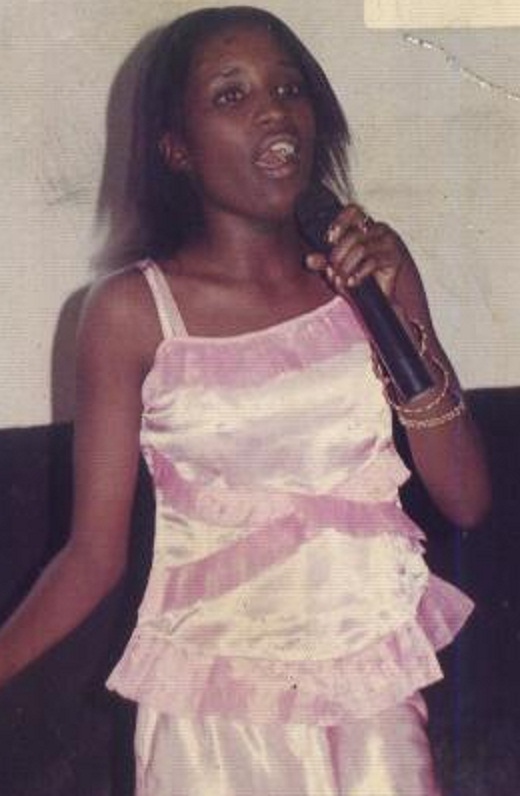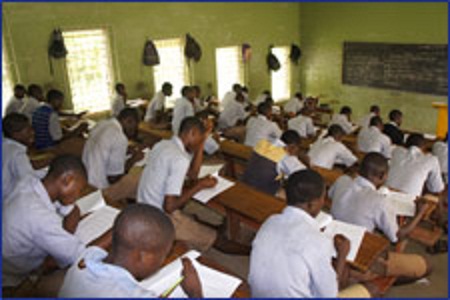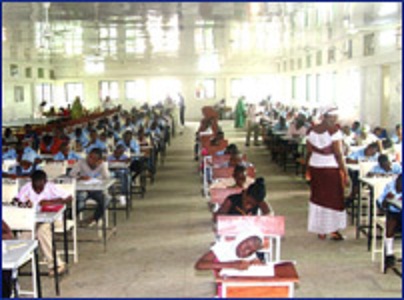To write with finesse the student should take note of the following
(a) he or she must be ready to display the reading level reached or achieved in life through the reading of novels, newspapers ,magazines, watching of films and T.V the lyrics of music or the lines of a poem can be useful in writing an essay if they are not reggae or hip hop. (b) The introduction should be interesting and catchy or attention- seeking or attention-grabbing. Some say it should be ‘like a shock and awe’’ sometimes “hitting the examiner in the middle of the face like a fresh gush of cool wind or hot air’’
academics at mason college was well combined with fun…
(c) Idioms could be useful for introduction e.g ‘’the love of money is the root of all evils’’(d) Other ways of getting an interesting introduction is to use quotations. Statistics, questions, anecdotes, quotations can be proverbs, sayings of the wise or biblical e.g ‘’o death where is thy sting? Or in relation to literature e.g ‘’ water, water everywhere but none to drink’’. However, when quotations are used they should be explained in the essay close to where they are expressed. 
…with mrs emezue headmistress of foundation school…funny children!…
(e) When questions are used they could be rhetorical e.g ‘’who is a corrupt man?’’ however don’t raise the question in paragraph 1 and then attempt to answer it in paragraph 4!(f) The body of each essay should be cohesive and should have a unity of purpose (theme). The points should be deliberately interrelated. Examples should be given where necessary too.(g) Appropriate lengths must be used for sentence. Too much information should not be chunked together in a sentence.
…kind of man-o-war?…or what?…
(h) Sentences should be logically, chronologically or spatially arranged. A student should not be disorganized in thaer arrangement of essays. (i) A statement or an idea which has already been stated should not be restated by the word “otherwise” or “in other words” as no extra mark will be awarded for such restatement.(j) Do not overuse a word just because you like it or because you think it will make an impression on the examiner. 
members of Spices and Juices club cooked and served co-students at a co-curricular event…
(k) Use jargons or colloquial English sparingly and essentially for non- formal compositions.(l) If there are’’ technical’’ words in the question they have to be taken apart one by one e.g “man proposes but God disposes’’(m) In writing the conclusion you should summarize what have been said or take a stand. It should also be interesting and arresting as the introduction. it should summarize or highlight the points raised. A quotation or anecdote can also be used to end the essay.(n) Generally speaking, let your conclusion be appropriately short. Don’t use the conclusion to make another point you did not make in the body of the essay. If you happened to remember a point you should have included then put “P.S ‘’ (post script) where the point or paragraph should have been and write the point after the conclusion .
…foundation school students were made to see schooling as having fun…seniors in the background…
Good luck.
















